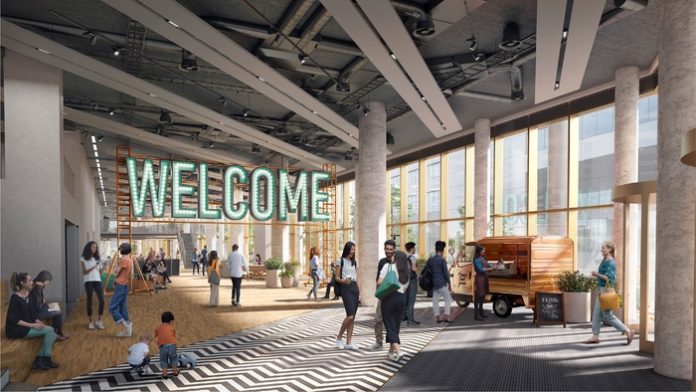The South West commercial property market delivered above average increases in take-up and rental growth last year as business space occupiers continued to adapt their occupational requirements to support growth and meet their ESG responsibilities. All 10 business locations analysed in Alder King’s latest Market Monitor report confirm continued robust demand for commercial property despite last year’s unsettled economic backdrop.
The industrial sector was once again the top performing sector, recording take-up of 5.7 million sq ft, up 3.3% on 2021 and 11.3% up on the five year average of 5.1 million sq ft.
The region’s office market also continued its post-pandemic rally, with above average increases in take-up and headline rents in the majority of business locations. At 1.83 million sq ft, total take-up across the South West last year was the highest not just since Covid but since the 1.88 million sq ft figure achieved in 2018.
ESG the dominant issue
Simon Price, head of agency at Alder King, says: “ESG has now become the most significant decision-making factor for many office occupiers, and will become increasingly important for the industrial sector.
“Prior to Covid, only enlightened real estate developers and investors were pushing the sustainability message. Now, it’s the dominant topic with investors, developers and occupiers as they do a deep dive to meet short and longer term sustainability goals. Many landlords and developers are already responding to this challenge, adapting the design of new and refurbishing existing buildings to meet occupier requirements, but older stock that is uneconomic to refurbish will be repurposed for alternative users.
Tight supply drives up rental levels
In the industrial market, supply remains constrained, particularly in Bristol and Gloucester. A number of developers including St. Modwen, Panattoni, Summerfield, Tristan Canmoor, KMW, Rockhaven and Burrington Estates are on site bringing forward new stock to help meet the continued demand. Affordability will become an issue for many occupiers as the rental gap between new and good quality second-hand space has reduced significantly. As a result there will be further upward pressure on rents, particularly for those facing their first rent reviews on space acquired in 2017/18.
“After three years of very strong take-up in challenging conditions,” continued Price, “the industrial and office markets have maintained their resilience and business confidence in the sector is robust, albeit decision-making is more considered. The availability of labour and power supply are key considerations for industrial occupiers, often ahead of location.
Looking to the year ahead, Price said: “2023 may get off to an unsettled start in the investment market, with an anticipated resetting of prices leading to renewed activity in the second half of the year.
“Our high streets are being revitalised by a raft of independents and new start-ups and there are already encouraging economic indicators coming through to bolster business confidence in this sector. Our view is that the office and industrial occupational markets will remain buoyant, fuelled by a lack of supply in many locations and more limited development, especially in the office sector.”




















